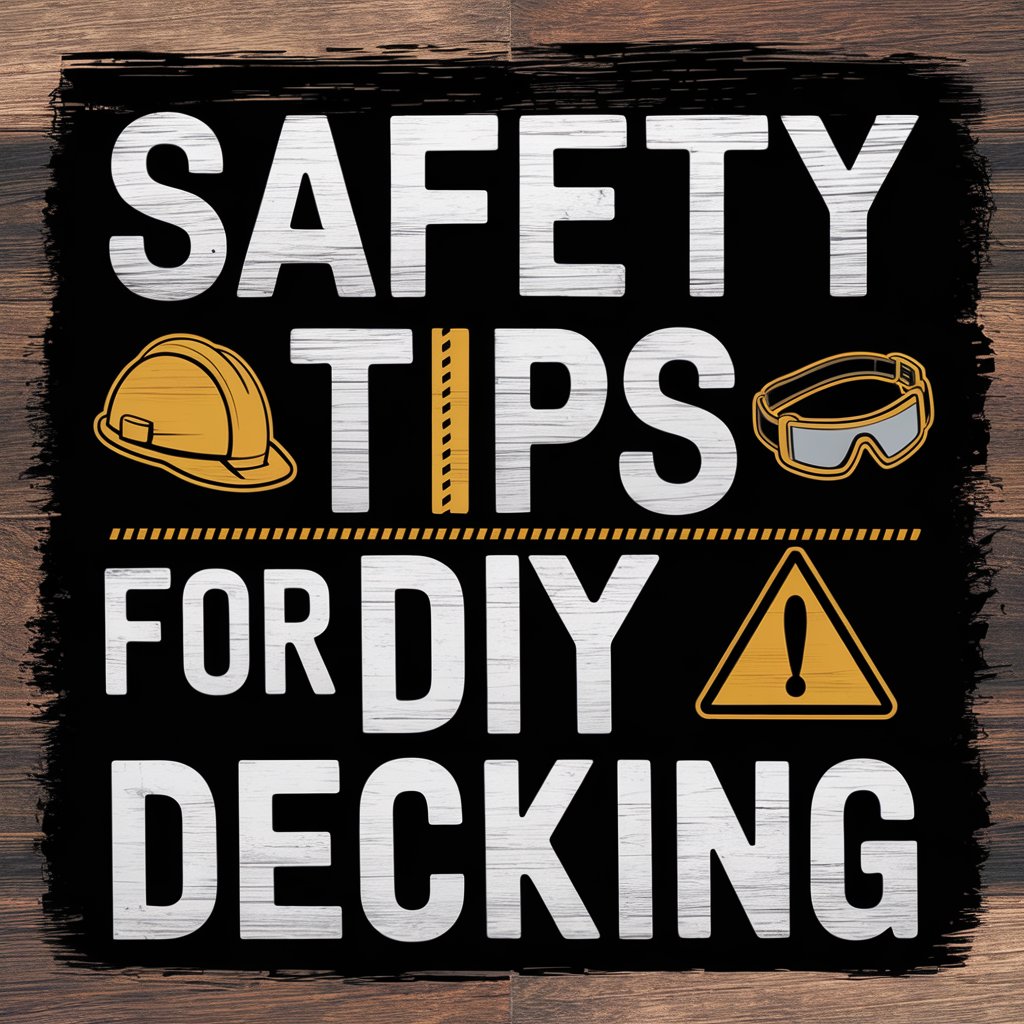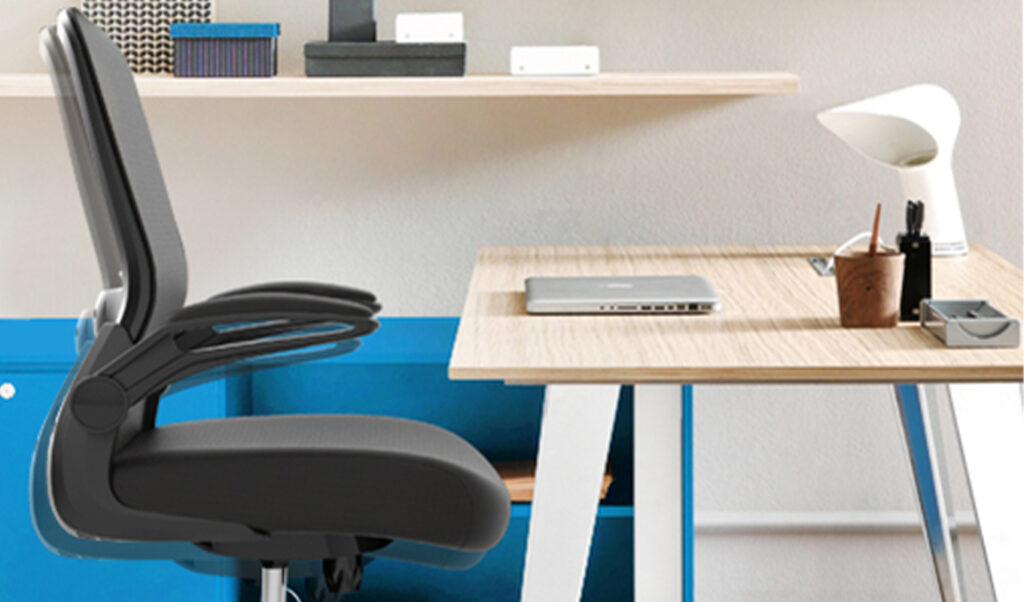DIY decking projects have become increasingly popular among homeowners looking to enhance their outdoor spaces. Whether you’re creating a cosy retreat for relaxation or a vibrant area for entertaining friends and family, building your own deck can be a rewarding experience. However, with all the excitement, it’s crucial to prioritise safety during the construction process. Let’s provide you with essential safety tips to ensure you can build your decking with confidence while minimising risks along the way.
Planning and Preparation
Before you start hammering away, it’s essential to plan and prepare adequately. Begin by assessing your space and looking at raised deck ideas. Check for any local regulations or permits you may need to obtain before starting your project. This step not only keeps you compliant with local laws but also ensures that your decking is safe and up to code. Next, evaluate the ground conditions and identify potential hazards, such as slopes or overhanging branches that could cause problems down the line.
Once you’ve done your groundwork, gather the necessary tools and materials. Make sure you have all the essential tools on hand, including a saw, drill, measuring tape, and a level. Investing in high-quality materials will make a significant difference in the longevity and safety of your decking, so it’s worth doing some research on the best options available.
Personal Safety Gear
Protecting yourself while working is paramount. Start by wearing durable clothing that can withstand the rigours of construction. Opt for gloves to protect your hands and closed-toe shoes to prevent injuries from dropped tools or materials. It’s also crucial to wear safety goggles to shield your eyes from dust and flying debris, especially when using power tools. Additionally, don’t forget to use earplugs to protect your hearing when operating noisy machinery.
In certain cases, such as when working with treated wood or during heavy cutting, consider wearing a mask to avoid inhaling harmful dust or chemicals. Remember, taking these precautions might seem tedious, but they’re essential for your safety.
Tool Safety
Understanding how to use your tools safely is a vital aspect of your DIY decking project. Familiarise yourself with each tool’s instructions and ensure you’re comfortable using them before you start. A brief overview of the tools you’ll be using, including safety features and proper handling techniques, can go a long way in preventing accidents.
Keep your tools in good condition by regularly maintaining them. Dull blades and faulty equipment can lead to accidents, so make sure everything is functioning correctly before you begin your project. Proper storage is also crucial; store tools safely when not in use to prevent accidental injuries.
Working with Materials
When it comes to handling materials, safety should always come first. If you’re working with heavy materials, such as large decking boards, employ safe lifting techniques. Always lift with your legs, not your back, and consider asking for help when dealing with particularly heavy items. For cutting wood, ensure the material is securely fastened and use clamps to hold it in place, which will help prevent any slips or accidents.
If you’re using treated wood, it’s essential to be aware of the potential health risks. Always wash your hands after handling it, and dispose of any scraps properly, as treated wood can contain chemicals that are harmful to both you and the environment.
Saving Money on Composite Decking – How to do it Strategically
Buy Direct
One of the best ways to save money on composite decking is to buy directly from the company. This means that you’re cutting out the middleman since stores can have retail markups. So, you’re going to be getting it at the best possible price, which allows you to keep your expenses down for materials. Indeed, most reputable companies want to offer competitive pricing for their customers.
Go DIY
Know that composite decking can be easy to install. This means that you can stop paying for professional installation. This is an expense that can be more than the materials and ensure that your bill is huge when you’re renovating your outdoor space. So, think about going DIY with this project. Just make sure that you have the tools to get you started and there are plenty of tutorials online you can follow. Set aside the time and make sure that you’re meticulous in how you work. Then, you can achieve the same great results and make sure that you save a lot of money in the process.
Take Accurate Measurements
There are many people who want to get their hands on composite materials quickly. So, they estimate how much they’re going to need. This is a sure way to end up with too much and spending more money than you need to. Instead, make sure that you take accurate measurements of the space. Then, you can order the exact amount of boards you need to create your decking space without going over your budget.
Order Samples
All companies have different quality standards when it comes to composite decking. You need to make sure you’re getting the right quality for your needs. The best way to do this and avoid wasting your money is to order samples. Some brands offer these for free, so you can investigate whether their product is the best option. It’s recommended that you take advantage of this so that you can spend your money wisely.
Conclusion
Safety should always be a top priority when undertaking a DIY decking project. By following the tips outlined in this post, you can approach your project with the confidence that you’re building a safe and sturdy outdoor space. Remember to plan thoroughly, wear the appropriate safety gear, and be aware of your surroundings and materials.






